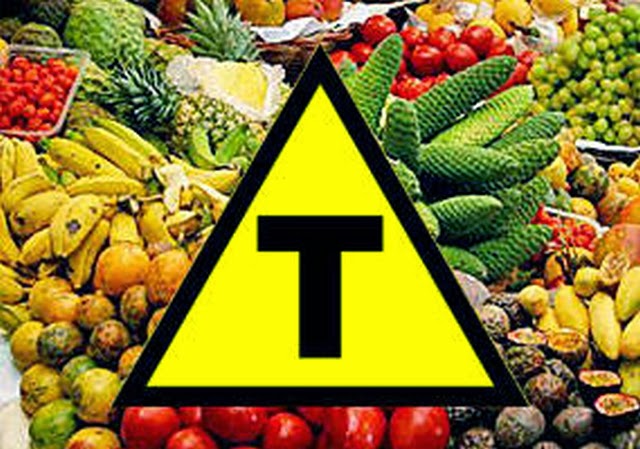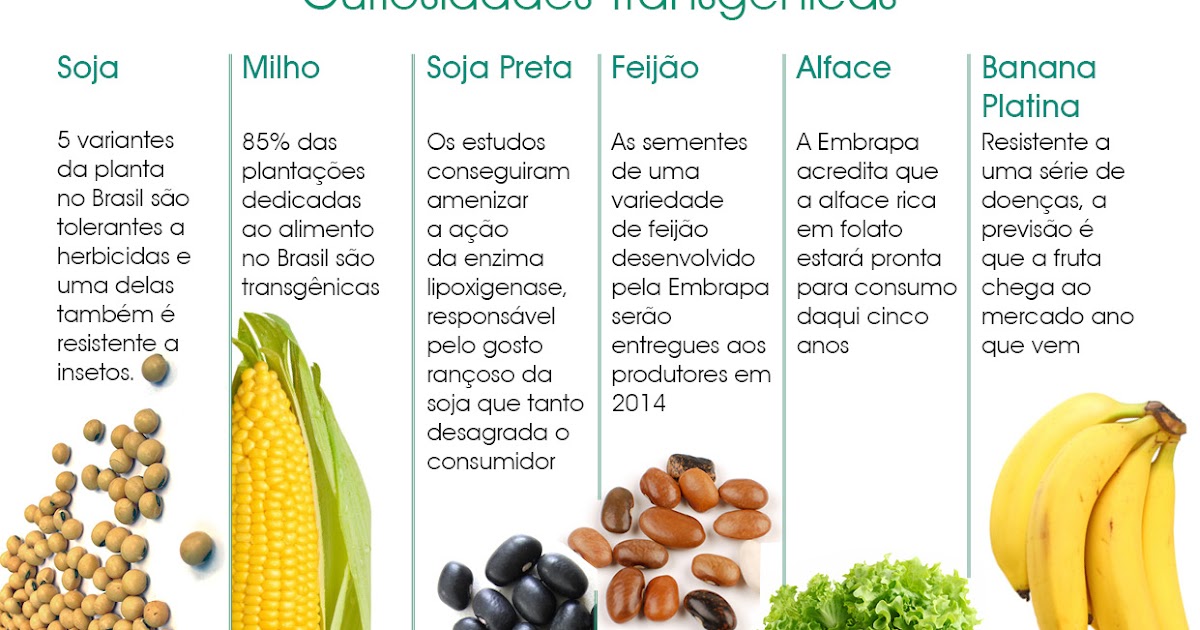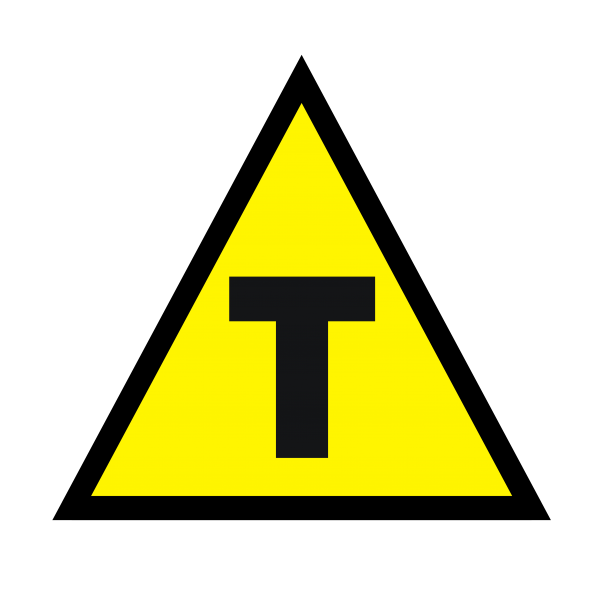o que significa alimento transgênico Ética para paz: estudo conclui que transgênicos são tão saudáveis
As professionals in the field of nutrition, it is important to understand the topic of genetically modified foods, also known as GMOs. Despite the controversy surrounding their use, GMOs have become increasingly prevalent in our food supply. It is crucial for us to educate ourselves and our clients on how to identify and make informed decisions about these foods. One way to identify GMOs is to look for the Non-GMO Project Verified seal on the packaging. This third-party certification ensures that the product has been rigorously tested and meets strict standards for GMO avoidance. However, not all companies choose to seek this certification, so it is important to be aware of other ways to identify GMOs. One clue is the use of certain crops in the product. The most commonly genetically modified crops in the United States are corn, soybeans, canola, and cottonseed oil. If any of these ingredients are listed near the top of the ingredient list, it is likely that the product contains GMOs. Another way to identify GMOs is to look for the PLU code on fresh produce. The codes are typically 4 or 5 digits long and can be found on the sticker or label of the produce. If the code starts with the number 8, it is genetically modified. Non-GMO produce will have a code that starts with the number 9 or will have no code at all. It is important to note that GMOs have not been proven to have any negative health effects on humans. However, some people choose to avoid them due to concerns about their impact on the environment, ethical concerns, or simply personal preference. When it comes to making informed decisions about GMOs, it is important to consider the potential benefits and risks. On one hand, GMOs have the potential to increase crop yields, reduce the use of pesticides, and provide enhanced nutrition. On the other hand, there are concerns about the long-term effects of genetically modifying crops, as well as the potential for cross-contamination with non-GMO crops. Regardless of your stance on GMOs, it is important to educate yourself and make informed decisions about the foods you consume. By understanding how to identify GMOs and weighing the potential benefits and risks, you can make choices that align with your values and goals for health and wellness. In summary, while controversy surrounds the use of genetically modified foods, it is important for us as professionals to understand how to identify and make informed decisions about these foods. By looking for the Non-GMO Project Verified seal, checking ingredient lists for commonly modified crops, and paying attention to PLU codes on fresh produce, we can help ourselves and our clients make educated decisions about the foods we consume. Ultimately, it is up to each individual to decide whether or not to consume GMOs based on their own personal beliefs and values.
If you are searching about O que são os Alimentos Transgênicos e quais os seus riscos ~ Você you’ve visit to the right page. We have 5 Pics about O que são os Alimentos Transgênicos e quais os seus riscos ~ Você like Ética para paz: Estudo conclui que transgênicos são tão saudáveis, Transgênico Logo – PNG e Vetor – Download de Logo and also Transgênico Logo – PNG e Vetor – Download de Logo. Here you go:
O Que São Os Alimentos Transgênicos E Quais Os Seus Riscos ~ Você
 www.vocerealmentesabia.comAprenda Como Identificar Um Alimento Transgênico
www.vocerealmentesabia.comAprenda Como Identificar Um Alimento Transgênico
 www.dicasfree.comÉtica Para Paz: Estudo Conclui Que Transgênicos São Tão Saudáveis
www.dicasfree.comÉtica Para Paz: Estudo Conclui Que Transgênicos São Tão Saudáveis
 eticaparapaz.blogspot.comTransgênico Logo – PNG E Vetor – Download De Logo
eticaparapaz.blogspot.comTransgênico Logo – PNG E Vetor – Download De Logo
 logodownload.orgA Semente Da Discórdia: Existe Mesmo Alimento Natural? | Veja Saúde
logodownload.orgA Semente Da Discórdia: Existe Mesmo Alimento Natural? | Veja Saúde
 saude.abril.com.brTransgênico logo – png e vetor – download de logo. O que são os alimentos transgênicos e quais os seus riscos ~ você. Ética para paz: estudo conclui que transgênicos são tão saudáveis
saude.abril.com.brTransgênico logo – png e vetor – download de logo. O que são os alimentos transgênicos e quais os seus riscos ~ você. Ética para paz: estudo conclui que transgênicos são tão saudáveis